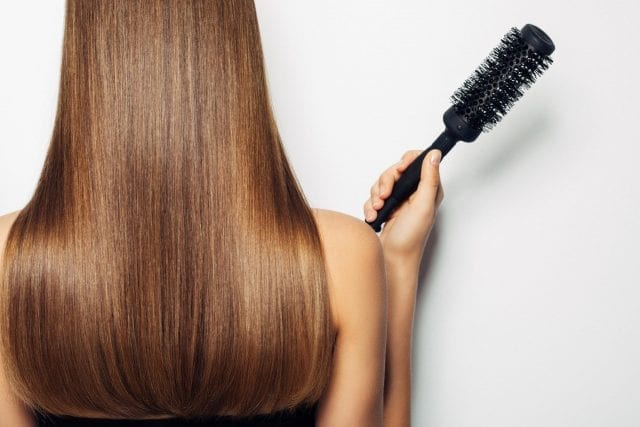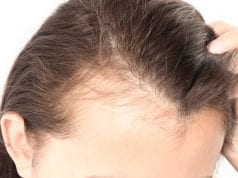
Testing fact vs. fiction with hair growth shampoo formulas can be a genuine challenge for constituents in 2019. Some brands will look to promise their customers the world to offer a result of full luscious hair while others will be more circumspect.
In an environment where products are being tested and solutions are being promoted across different areas of the open market, how can individual shoppers pick the best from the rest? Will one success story be emblematic of a product that ticks all of the right boxes, or is it the exception to the rule?
Here we will examine what types of information clients can take on board when they are attempting to identify a shampoo that is right for combating their hair loss.
Recent Participant Case Studies

The quality and quantity of participant case studies are pertinent to the success of hair growth shampoo formulas like max 3, but so too is the timing. Each product should be created with the shortcomings of the past edition in mind, making stark or subtle alterations to the formula with the ingredients and how that mixture should be applied. Shoppers who are provided multiple testimonials from the past 12-24 months are given a greater level of assurance about their performance quality than the remainder of the competition.
Glowing Public User Reviews
While brands that promote hair growth shampoo formulas will have testimonials to publish for their own content purposes, it is the testimony of members of the public where the real currency is sourced. This is data that can be sourced via Google user reviews, social media pages on Facebook as well as websites and apps that are specified on the topic of hair growth shampoos. How they speak about these products and their effectiveness will be telling, illustrating whether or not their marketing rhetoric is mirrored by performance levels to sustain natural hair development.
Undertaken Clinical Trials

Thankfully consumers are protected from dubious brands who have no basis to make unsubstantiated claims with their hair growth shampoo formulas. There needs to be some evidence of their solution being effective for clients, but the more rigorous and recent the clinical trials have been tested, the more assurances consumers can have that their product is value for money. Trichologist bodies and medical community members that work with associations and departments will work to run these clinical trials and should they provide results over time, this is information that will be freely published from brand to brand.
Inclusion of Key Ingredients
A generic shampoo brand will be packed with a number of ingredients that are designed for their own purpose. From fragrances that provide a pleasant aroma to a conditioner for a smooth texture, there are added elements like detergents and sequestering agents that play their own role. However, when it comes to the domain of hair growth shampoo formulas, they need to have ingredients that help to facilitate follicle growth. This will range from the vitamin B2 ingredient Panthenol for hair moisture to cayenne and ginkgo for natural blood flow, caffeine to slow down the spread of the hair loss hormone DHT (dihydrotestosterone) and the protein keratin that supports hair thickening.
Trying The Product Out

While digging into the research and theory is a helpful exercise to help shortlist hair growth shampoo formulas, there is no substitute for engaging in the real thing. From client to client there will be variables that dictate performance levels. This will range from the amount of the substance used, how it is applied, the condition of the scalp and hair, the temperature of the water, the air humidity levels and outside exposure to sun and rain. If the instructions are adhered to and the solution has been applied for a number of weeks, then the consumer can make a first-hand assessment on whether or not it passes the fact vs. fiction threshold.








